
Due to its one-dimensional tubular molecular structure, carbon nanotubes exhibit excellent mechanical, electrical and optical properties, and have broad application prospects in micro-nano photoelectron devices, biomedicine, and new energy materials.
The special properties of carbon nanotubes come from their structure. The small differences in the arrangement of atomic structures will lead to great differences in the photoelectric properties of carbon nanotubes. For example, carbon nanotubes may be metallic or semiconducting due to their different structures. Each type of chiral carbon nanotubes has a pair of left and right spiral symmetric mirrors that exhibit opposite optical rotation characteristics (known as optical rotations). Isomers) etc.
The macro-quantity acquisition of carbon nanotubes with a single structure and uniform nature is the key to study its properties and promote its application. The existing carbon nanotube growth technology or post-growth treatment technology is difficult to prepare a single structure of carbon nanotubes, which seriously hinders the study of the properties and applications of carbon nanotubes.
Research Institute of Physics, Chinese Academy of Sciences/ Beijing National Laboratory for Condensed Matter Physics (CPC) Liu Huaping, Research Fellow, Advanced Materials and Structural Analysis Key Laboratory; Hiromichi Kataura, Principal Research Fellow, Japan Industrial Technology Institute; Junichiro Kono, Professor, Rice University, Japan, University of Tokyo, Japan Professor Shojiro Takeyama and others co-authored several important advances in the separation and physical properties of single chiral carbon nanotube optical isomers:
(1) Developed gel chromatography technology by Liu Huaping and Hiromichi Kataura, and precisely controlled the interaction strength of carbon nanotubes and gels with ionic surfactants, utilizing the chiral structure of polysaccharide gels and the right and left spiral structure of carbon nanotubes. The difference is that the dispersed carbon nanotube solution is loaded on a multi-stage gel chromatography column, and 9 high-purity chiral carbon nanotubes and their left and right spiral image structures are separated out (Fig. 1), realizing the realization of carbon nanotubes. The macro-preparation of a single structure solves the bottleneck of the nature and application of carbon nanotubes.
(2) Based on the structural separation of carbon nanotubes, Liu Huaping cooperated with Junichiro Kono et al. to use an ultrafast laser to excite the (6, 5) carbon nanotubes isolated and detect and identify (6, 5) carbons. The 14 phonon vibration modes of nanotubes (see Figure 2) help to further understand the dynamic relationship and interaction between phonons and electrons in one-dimensional structures, and establish more accurate phonon vibration in one-dimensional structures. The theoretical model lays the foundation.
(3) Liu Huaping cooperated with Shojiro Takeyama et al. to study the systematic magneto-optical properties of the separated chiral carbon nanotubes (6, 4) and (6, 5). In the super high-strength magnetic field, through the measurement of the light absorption spectrum of carbon nanotubes, it is directly observed that the relative order of energy of light and dark exciton in the second sub-band of semiconducting carbon nanotubes is closely related to the structure of carbon nanotubes (Figure 3). ). The research results show that the control of the optical properties of carbon nanotubes can be achieved through the manipulation of excimer states of carbon nanotubes.
This series of work was published in Nano Lett. 14 (2014) 6237, Nano Lett. 14 (2014) 1426 and Scientific reports 4 (2014) 6999, respectively. These efforts were supported by the 100-person plan of the Chinese Academy of Sciences and the National Youth Project for Thousand Talents.
Optical Mirrors are designed to reflect light for a variety of applications, including beam steering, interferometry, imaging, or illumination. Optical Mirrors are used in a wide range of industries, such as life sciences, astronomy, metrology, semiconductor, or solar.
Metal coated mirrors are made of protected UV Enhanced Aluminium, Aluminium (Al), protected Gold (Au), protected Silver (Ag) coatings.
Broadband Dielectric Laser Mirrors are designed with high reflectivity across a wide range of wavelength.
it's ideal for UV, Visalbe,and NIR spectral ranges for beam steering applications
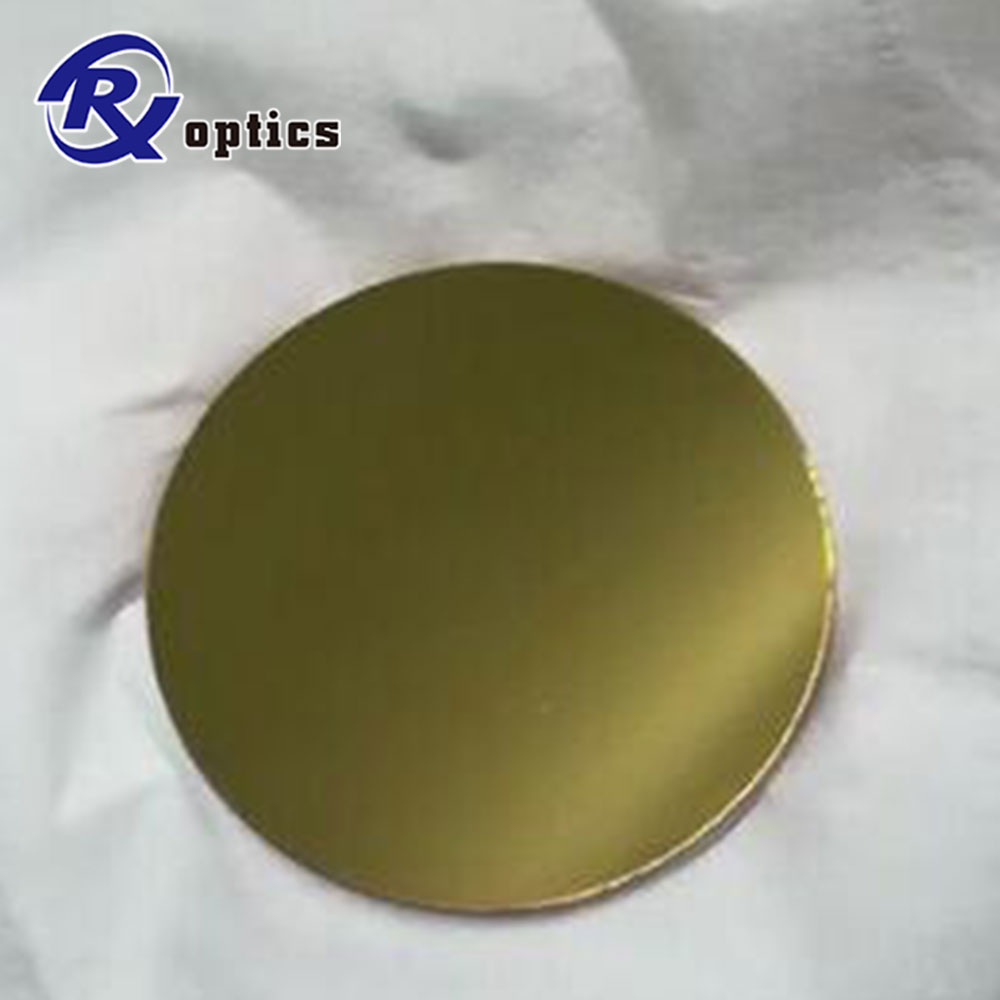
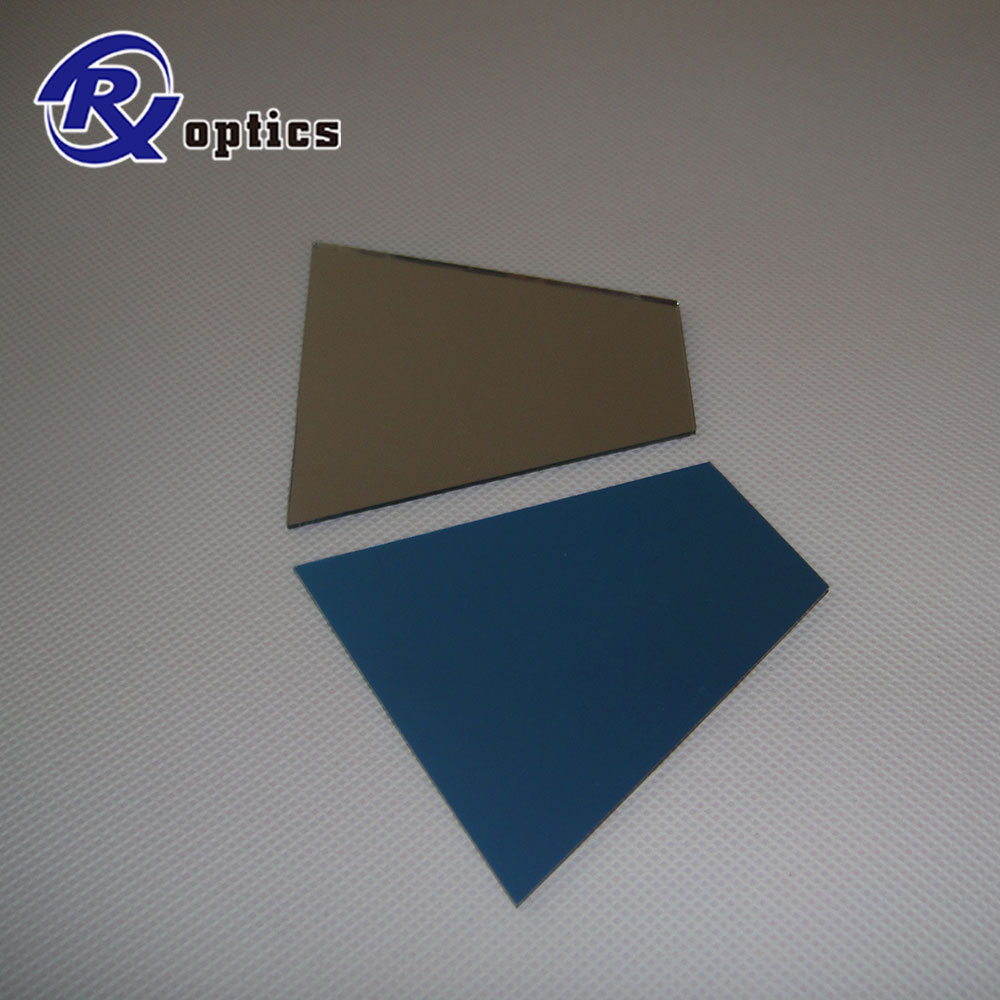
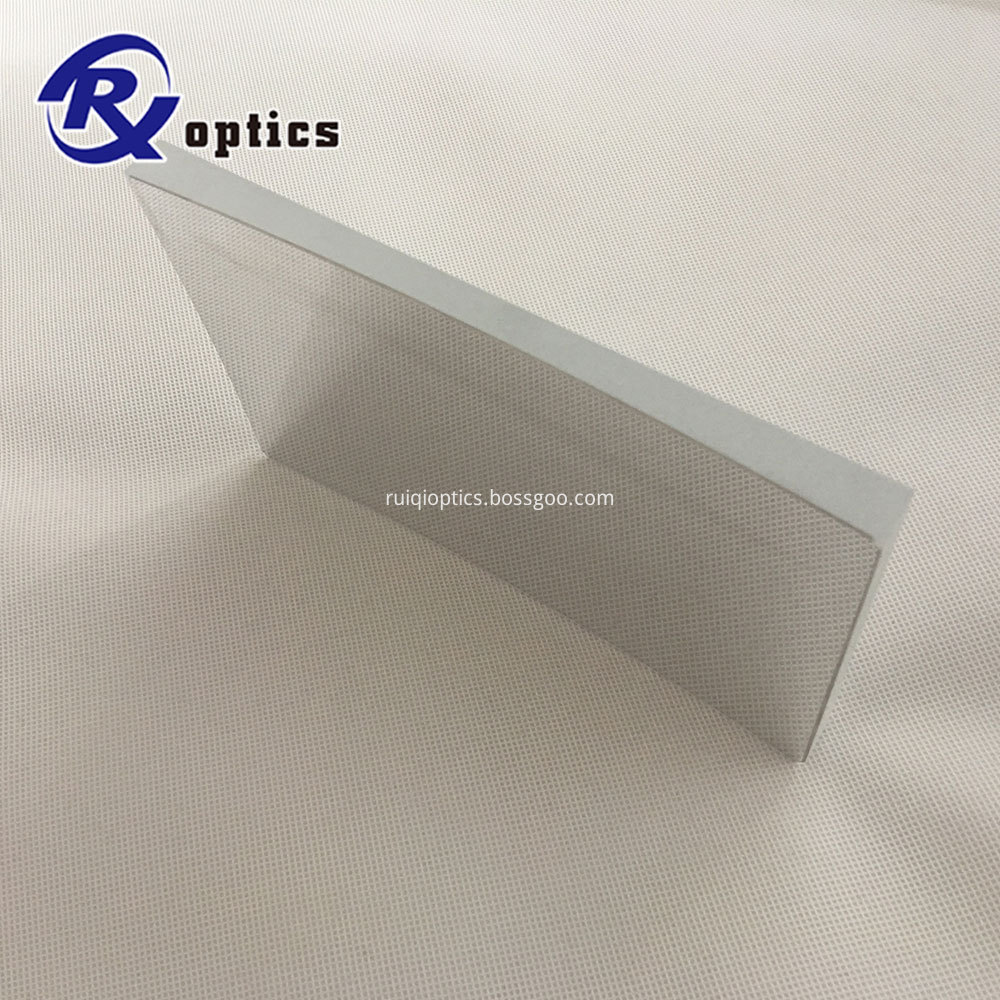
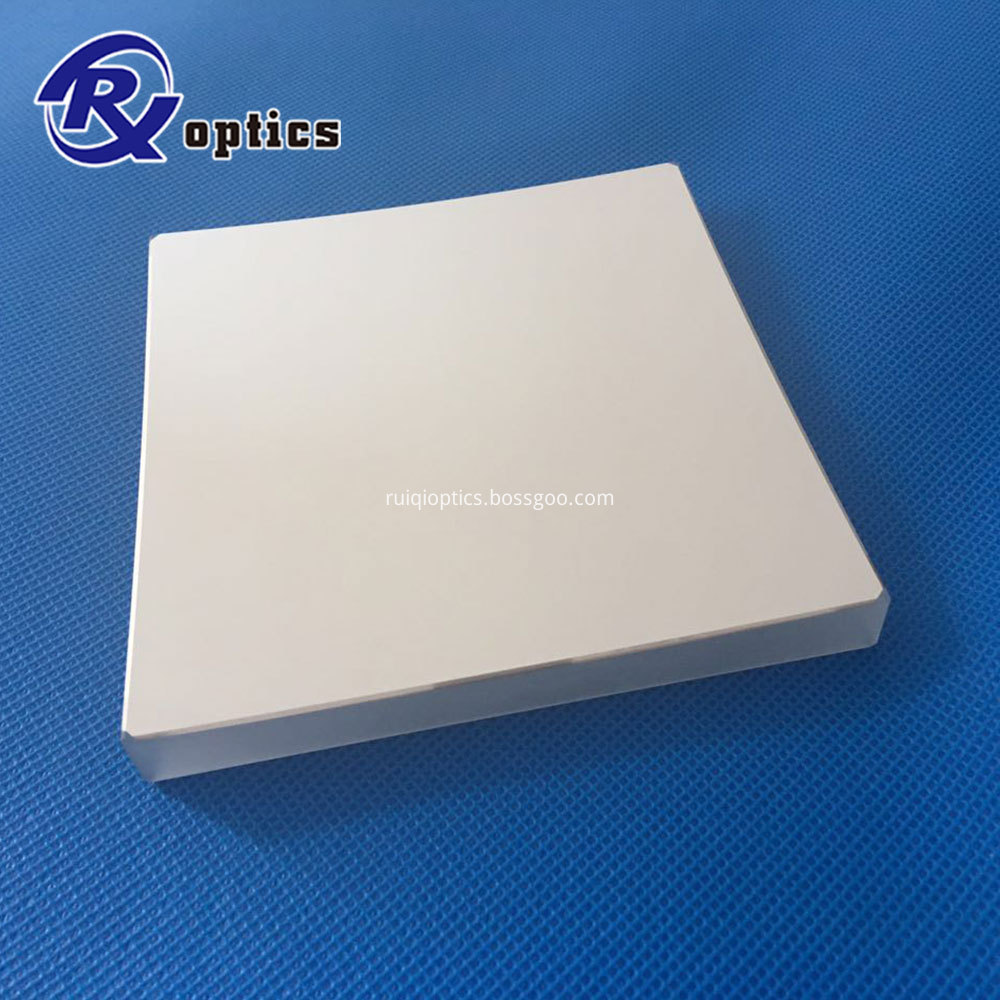
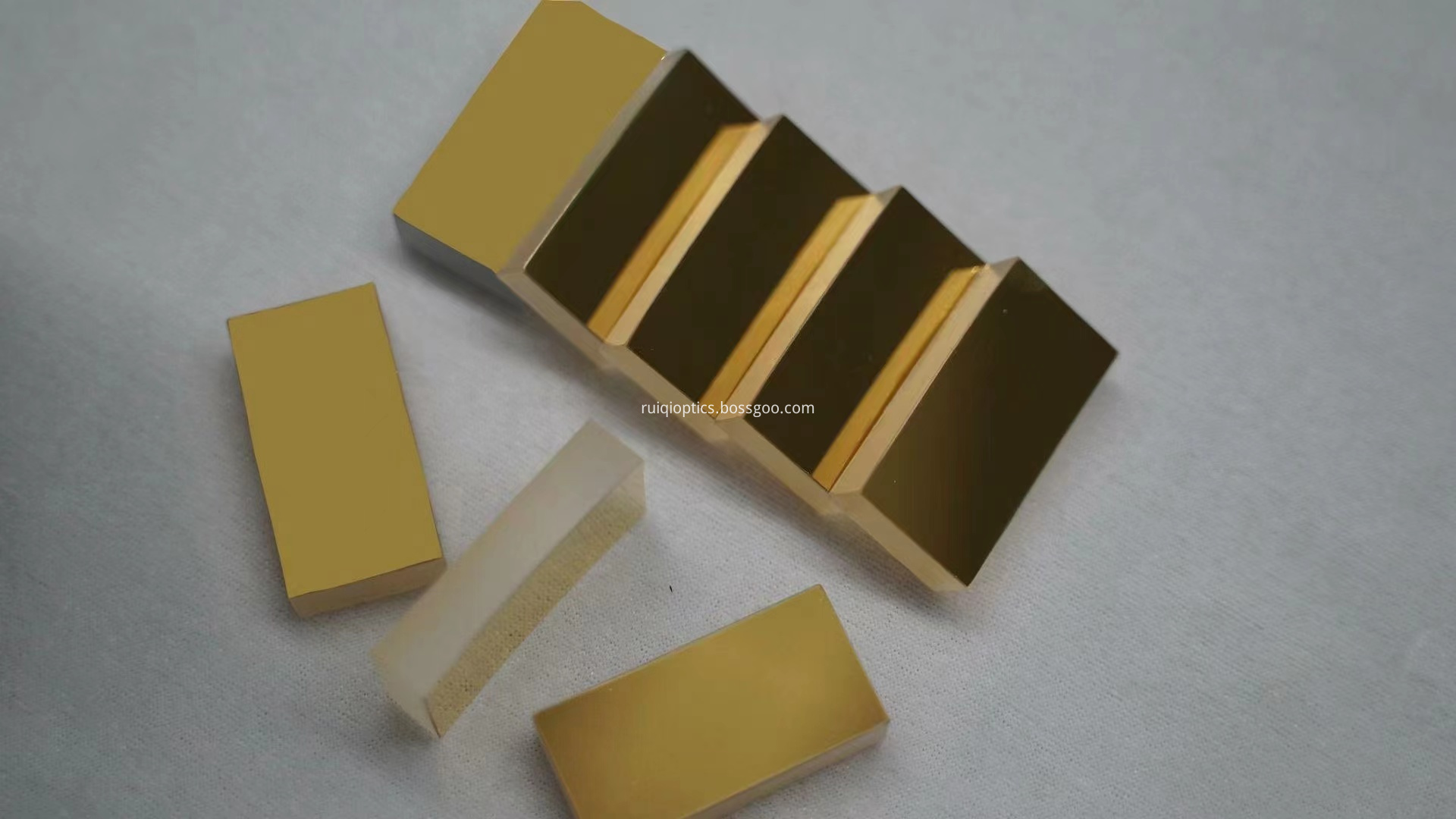
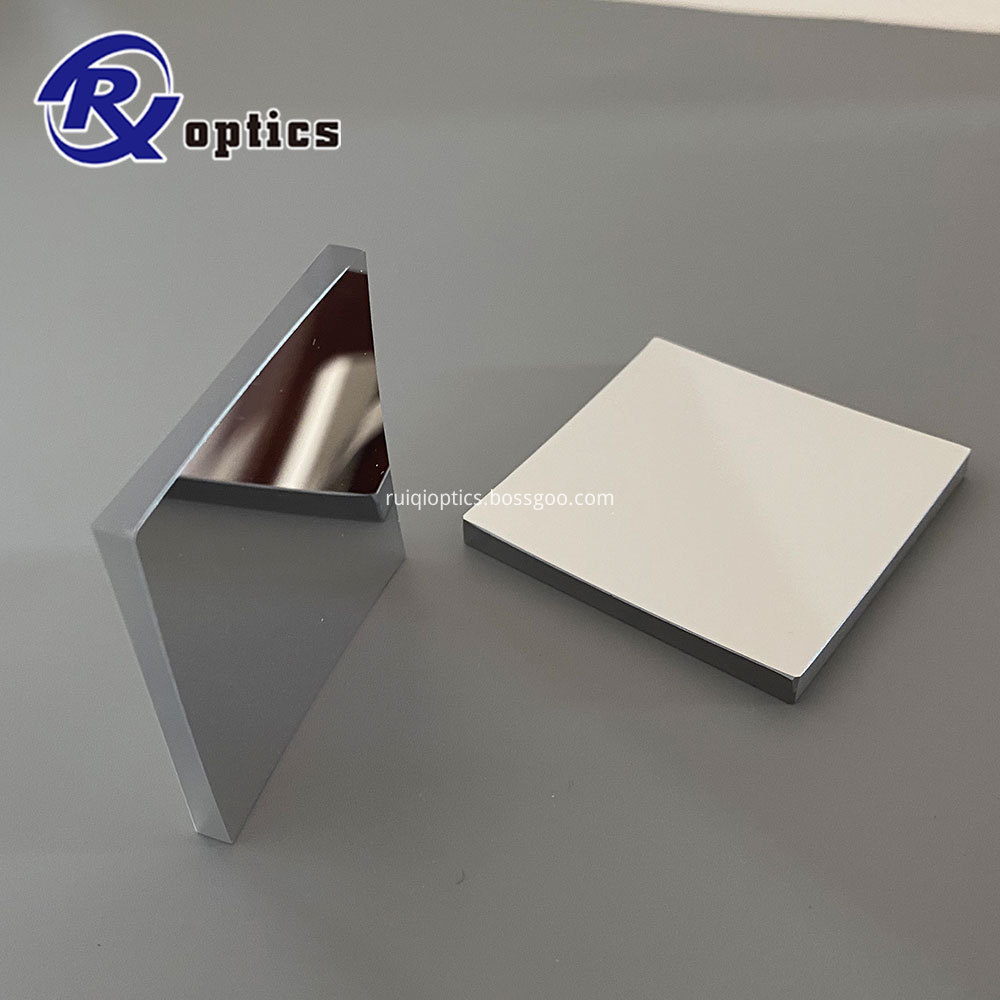
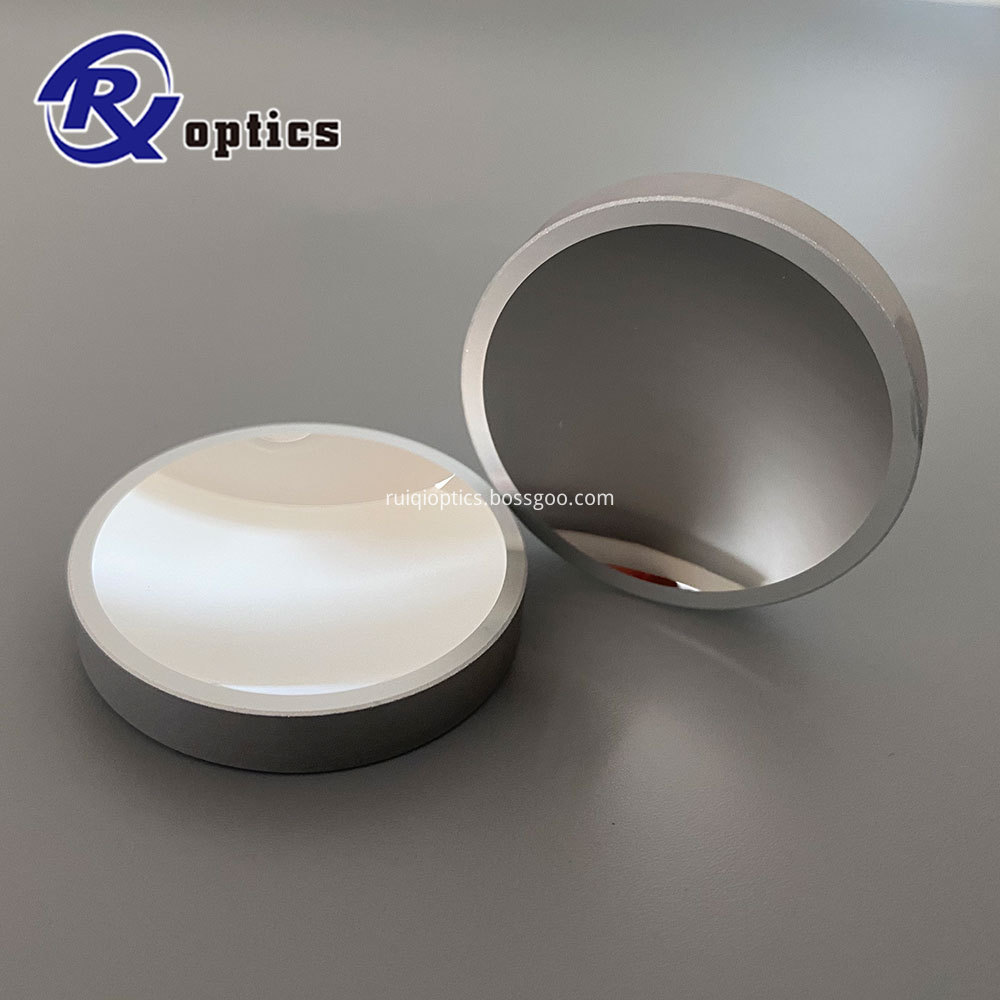
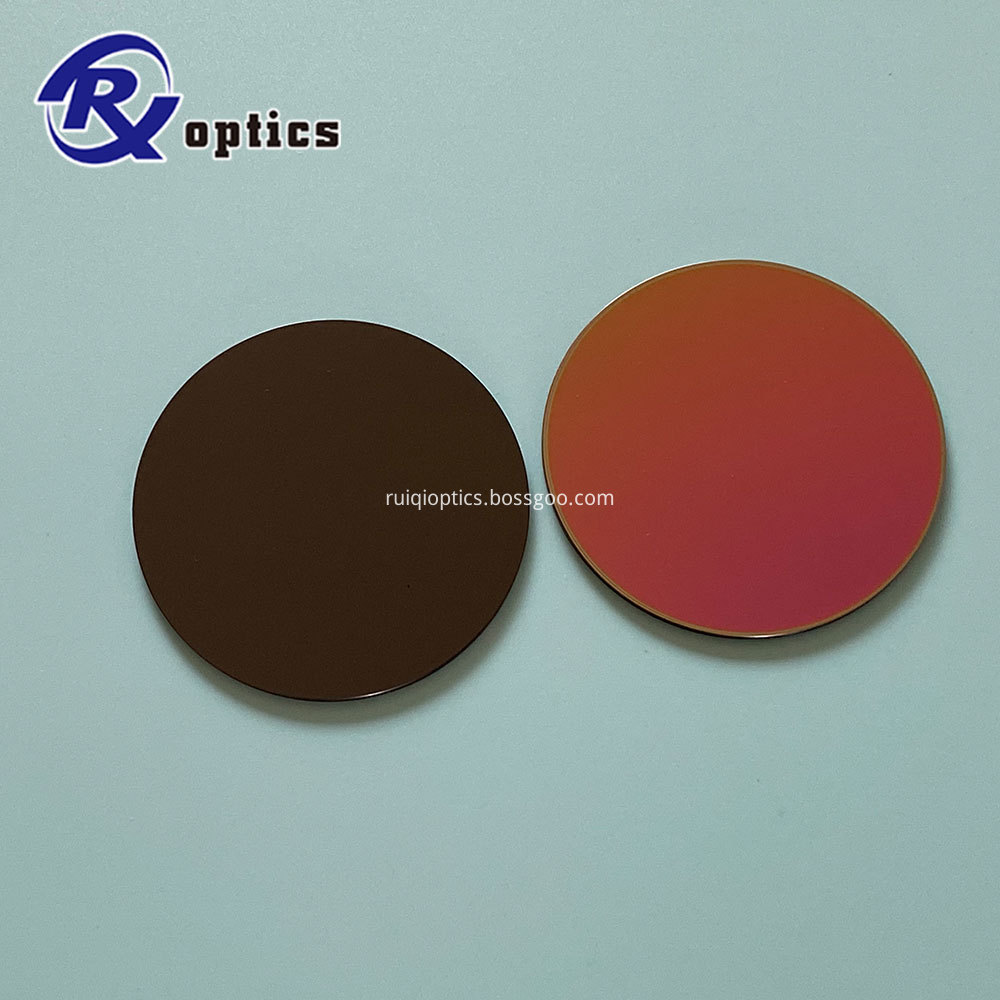
Gold Mirror, Aluminium Mirror, Silver Mirror, Dielectric Coating Mirrors
Changchun Ruiqi Optoelectronics Co.,Ltd , https://www.ruiqi-optics.com